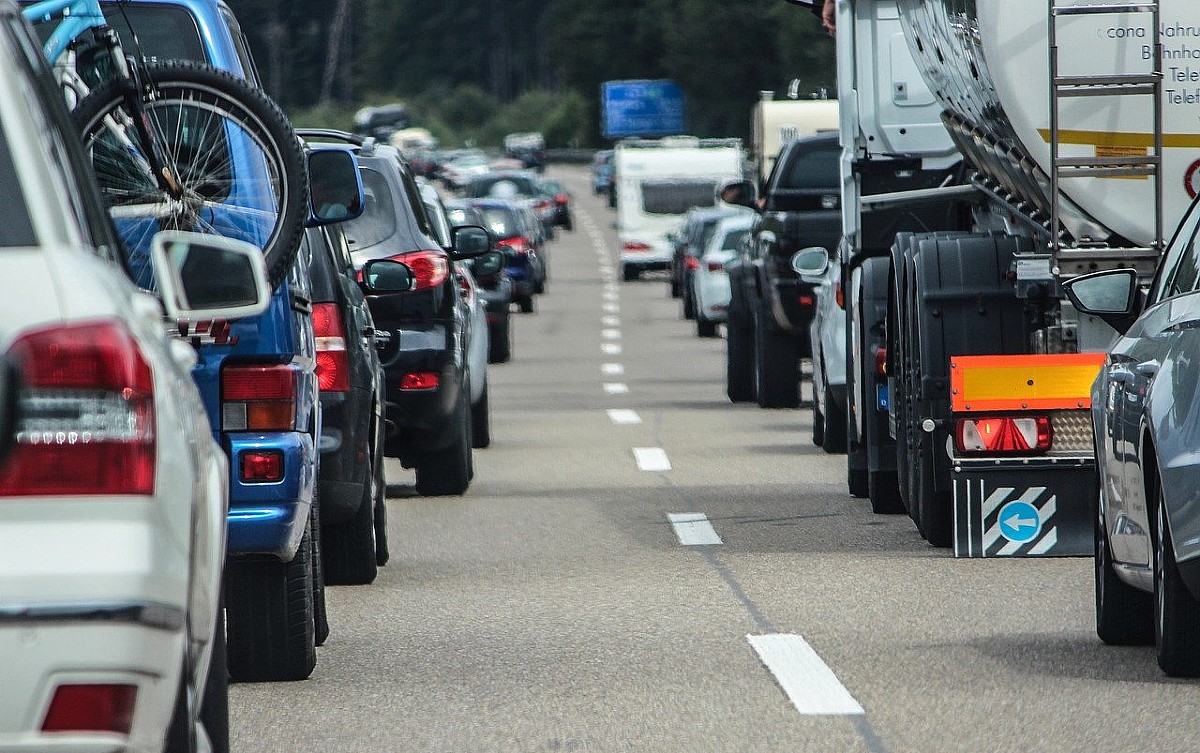By Fred Palm, contributing editor | The S.C. Department of Transportation (SCDOT) wants to widen Interstate 526 to six lanes in Charleston and Berkeley counties recognizing that congestion is regional and the correct response is more highway.
Artificial intelligence (AI) is making its way into the commercial, medical and educational spheres. Traffic management involves dynamic conditions involving both complex and repetitive decisions to control traffic signals to get us through an intersection. Congestion detection and prediction is a math problem that we can do — and so can trained machines.
Artificial intelligence can improve a host of our intersections with smart signal timings as will happen in Mount Pleasant’s intersection of S.C. Highway 41 and U.S. Highway 17 or on River Road as S.C. Sen. Sandy Senn, R-Charleston, has put forward. In fact, the Federal Highway Administration advocates more use of these “Adaptive Traffic Management Systems.”
By taking the existing data that we are already sending from mapping software as well as data from cell towers, highway cameras and police reports, we already have most of the first approximation data we need to reduce our travel time. Add in more sensors generating better data and pretty soon we may even get a text telling us the optimal time to be ready to leave in the morning to get into our workplace close to the appointed time.
Rather than invest an unknown amount to widen highways first, SCDOT needs to develop an understanding of how well artificial intelligence technology can reduce congestion, which would avoid close to a decade of road-building gridlock, detours, safety slowdowns and as well as investment in what will be a king’s ransom in concrete that will be under water before the roadway is usable.
We can also look at pricing the travel slots to spread out the timing and place of congestion paying for the premium service of reducing our travel experience that can fund mass transit more, further reducing the prevailing congestion.
There is one thing we have learned about widening roads. They fill up quickly and degrade back to their prior state, which proves congestion is dynamic. So we need to get dynamic in our responses to congestion by using our own intelligence and some artificial help. We can all enjoy smarter traffic.
- Have a comment? Send to: editor@charlestoncurrents.com





 We Can Do Better, South Carolina!
We Can Do Better, South Carolina!
























